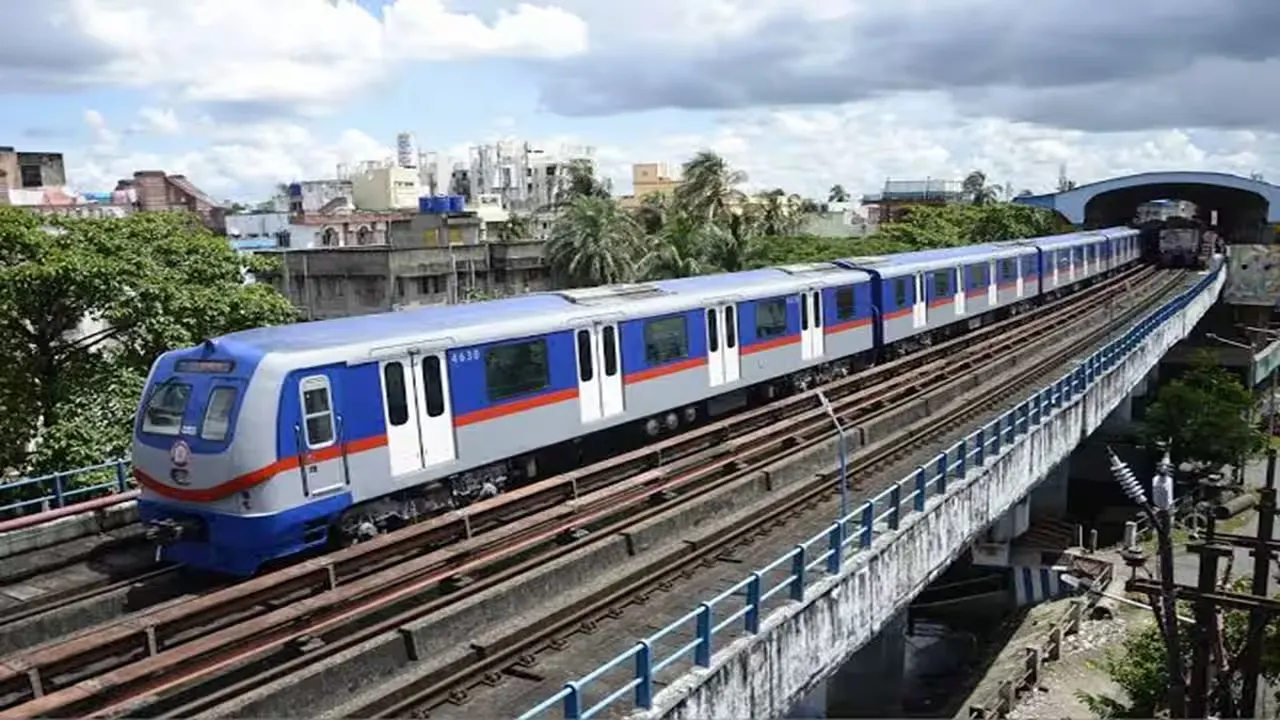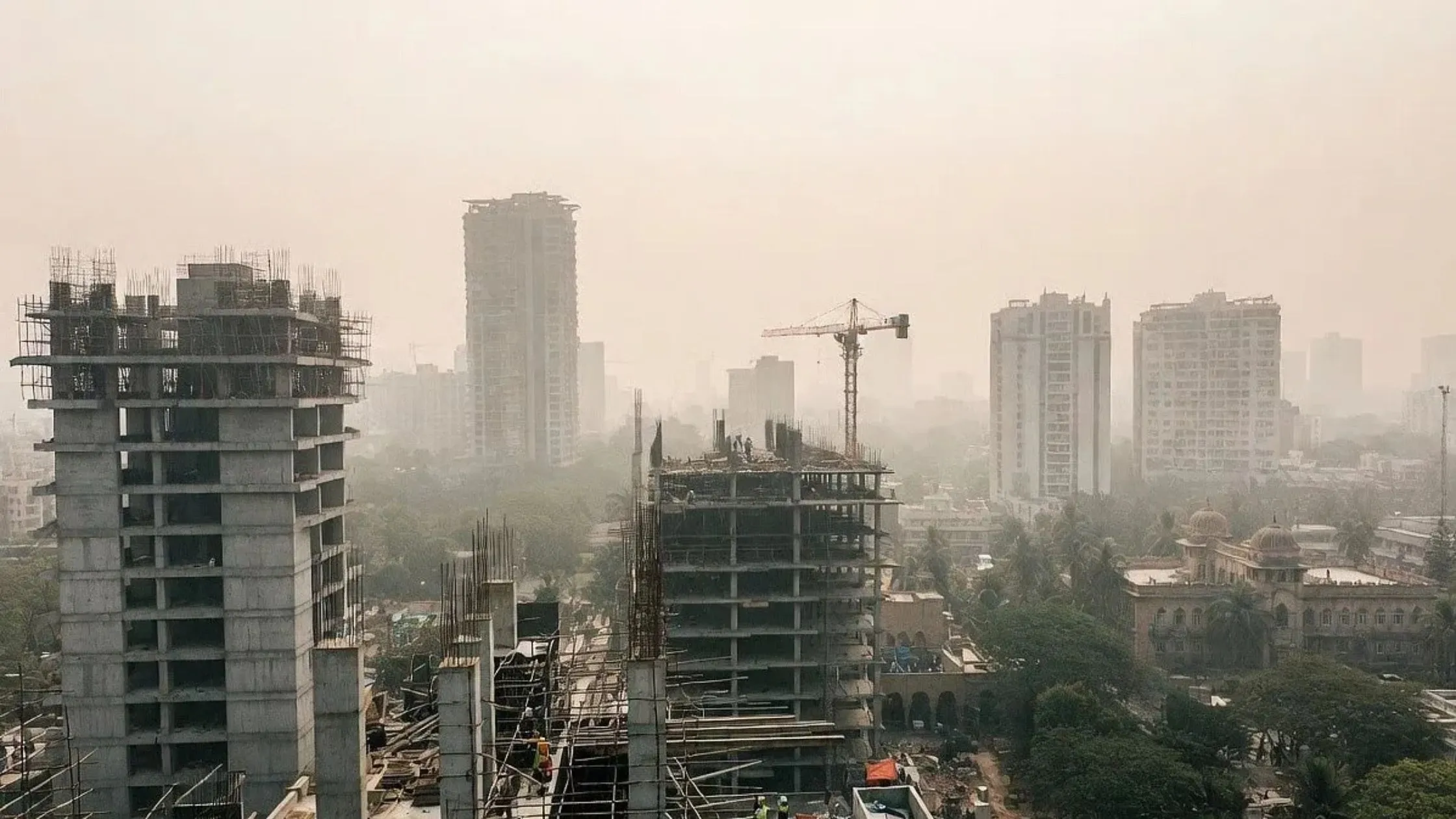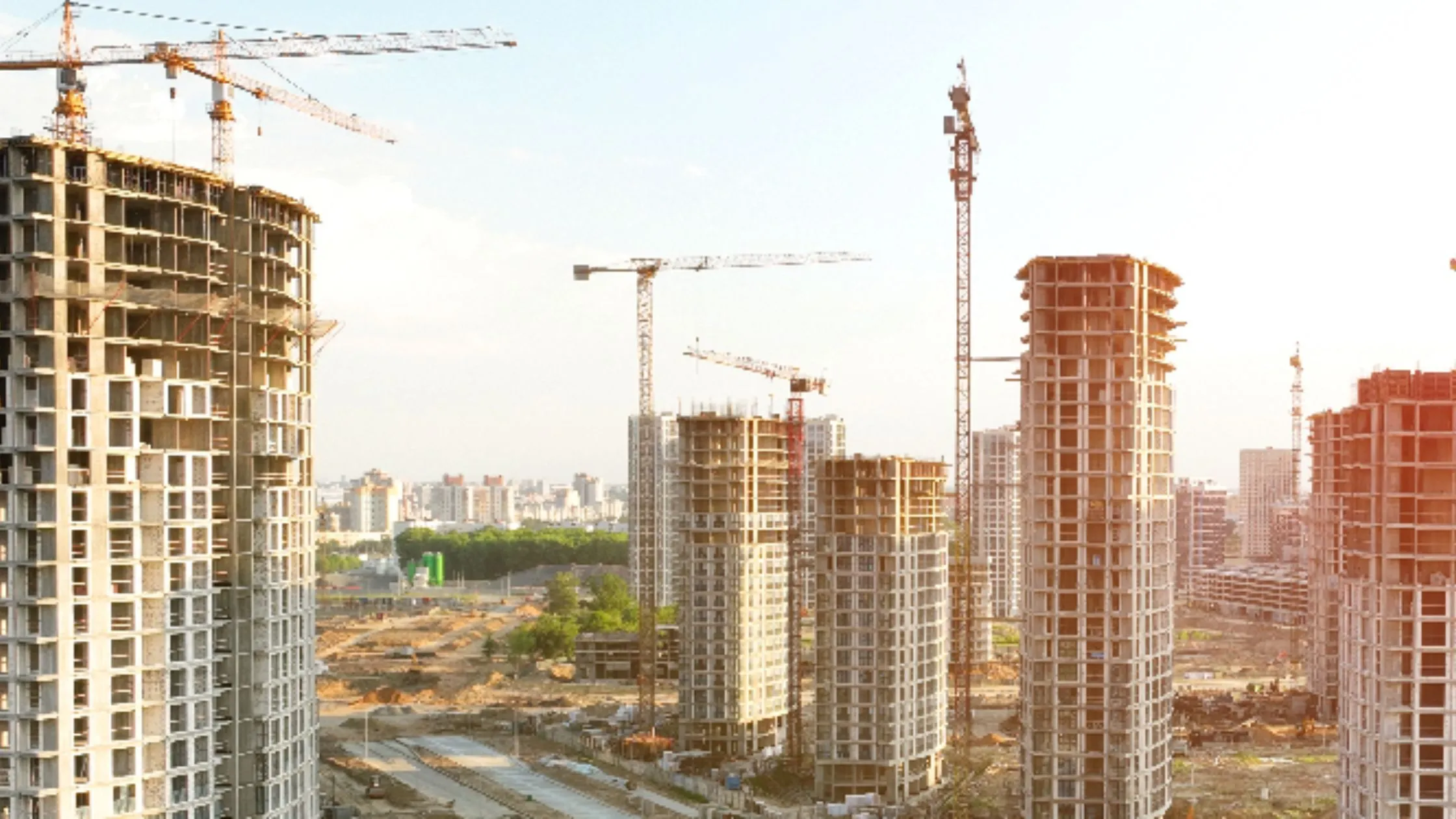Table of Content
- Details of the New Metro Extensions and Their Benefits
- Metro Expansion as a Catalyst for Property Growth
- Green Line: Howrah Maidan to Salt Lake Sector V
- Orange Line: Hemanta Mukhopadhyay to Beleghata
- Yellow Line: Noapara to Jai Hind Bimanbandar
- Real Estate Outlook: Demand Rising Across Micro-Markets
- Conclusion
Kolkata’s infrastructure is set for a transformative leap as Prime Minister Narendra Modi inaugurates three new sections of the Kolkata Metro network. These fresh additions on the Green, Orange, and Yellow lines promise to reshape urban commuting by offering better airport connectivity, reduced travel time, and seamless transit across key parts of the city. The launch comes just ahead of Durga Puja, a period of high travel and business activity, making it even more impactful for both residents and the economy.
Details of the New Metro Extensions and Their Benefits
The latest Kolkata Metro upgrades cover three crucial stretches:
- Sealdah–Esplanade (2.45 km): Cuts down travel time significantly between two of Kolkata’s busiest areas.
- Noapara–Jai Hind Bimanbandar (6.77 km): Provides a direct metro link to the airport for the first time.
- Hemanta Mukhopadhyay–Beleghata (4.39 km): Enhances connectivity to IT zones and residential neighborhoods.
These lines will ease congestion, enable smoother integration with major railway and bus networks, and benefit thousands of daily commuters. Improved transport infrastructure is widely recognized as a driver of economic activity and real estate development.
Also Read: Maharashtra Housing Policy 2025: RERA-like Law Proposed for Redevelopment Projects
Metro Expansion as a Catalyst for Property Growth
Major transport projects like the Kolkata Metro often trigger a positive ripple effect on property markets. Enhanced accessibility, shorter travel times, and dependable public transit make nearby neighborhoods attractive for buyers and investors.
In recent years, Kolkata’s property sector has seen consistent growth around IT parks and commercial centers. With these metro corridors becoming operational, demand is expected to surge further, benefiting both homeowners and developers.
Green Line: Howrah Maidan to Salt Lake Sector V
Among the new routes, the Green Line stands out. This corridor will connect Howrah Maidan to Salt Lake Sector V and includes India’s first underwater metro section. It links the city’s oldest railway hub with the rapidly growing IT hub in Salt Lake.
Property experts suggest this route will boost residential demand in Salt Lake, Rajarhat, and New Town. As per market insights, premium housing prices in Salt Lake currently fall between ₹7,000–9,000 per sq. ft., with approximately 8% yearly appreciation. Rental demand, particularly from IT professionals, is also on the rise.
Orange Line: Hemanta Mukhopadhyay to Beleghata
The Orange Line strengthens the link between South and East Kolkata. Covering the EM Bypass stretch one of the city’s most vibrant real estate zones it is expected to accelerate mid- and high-end housing demand.
Property prices along EM Bypass vary between ₹5,000–14,000 per sq. ft. and have been steadily appreciating. Rentals in this corridor have recorded annual growth of about 8–9%, backed by expanding residential and retail projects. The metro addition is likely to draw more developers to the region.
Yellow Line: Noapara to Jai Hind Bimanbandar
For the first time, the Kolkata Metro will connect directly to the airport with the Yellow Line extension. This upgrade is a breakthrough for frequent flyers, tourists, and business travelers.
North Kolkata neighborhoods like Dum Dum, Jessore Road, and Ultadanga are poised to benefit significantly. Presently, property rates in these areas range from ₹4,200–6,500 per sq. ft., with rental growth around 5% annually. The new connectivity is expected to spark fresh residential launches and greater investor interest.
Also Read: Landmark Group to invest ₹400 crore in low-density luxury project on Gurugram’s Dwarka Expressway
Real Estate Outlook: Demand Rising Across Micro-Markets
Kolkata’s housing sector is being fueled by growth in IT and commercial activity. Emerging hubs like Salt Lake, Rajarhat, and New Town are gaining traction as modern business and residential destinations.
Unlike speculative bubbles in some cities, Kolkata’s demand is largely driven by genuine economic expansion. With enhanced Kolkata Metro connectivity, workplaces and homes are now easier to access, which bodes well for sustainable property growth.
Conclusion
The inauguration of these new Kolkata Metro corridors marks a milestone for the city’s transport network and urban development. Improved airport access, shorter commutes, and connectivity between key residential and commercial zones are set to enhance the city’s property market dynamics.
For investors and homebuyers, locations near these metro routes present attractive opportunities for long-term appreciation and rental yields. As Kolkata strengthens its position as an emerging tech and business hub, the Kolkata Metro will play a defining role in shaping its urban and economic future.
Follow AquireAcers Whatsapp Channel to Stay Updated With The Latest Real Estate News




_1766473246.webp)


Ans 1. Prime Minister Narendra Modi is launching three new stretches: Sealdah–Esplanade, Noapara–Jai Hind Bimanbandar, and Hemanta Mukhopadhyay–Beleghata. These lines will improve airport access, ease traffic congestion, and link major business and residential zones more efficiently.
Ans 2. The expanded network will reduce travel time between key areas, offer a direct metro connection to the airport for the first time, and improve integration with other public transport. This means faster, smoother travel for thousands of daily commuters and better access during busy periods like Durga Puja.
Ans 3. The Green Line connects Howrah Maidan to Salt Lake Sector V and includes India’s first underwater metro section. It links the historic Howrah station with the IT hub in Salt Lake, boosting demand for housing and rentals in Salt Lake, Rajarhat, and New Town.
Ans 4. Improved connectivity typically raises property demand and prices. In Salt Lake, homes already cost ₹7,000–9,000 per sq. ft. with steady appreciation. Areas near the EM Bypass range between ₹5,000–14,000, while North Kolkata stretches like Dum Dum currently see ₹4,200–6,500 per sq. ft. Values and rentals in all these areas are expected to climb further.
Ans 5. It’s the first direct metro link to Kolkata’s airport, making travel easier for flyers and business visitors. This is likely to attract more real estate interest in North Kolkata neighborhoods like Jessore Road and Ultadanga, where demand has been growing steadily.
Ans 6. The Orange Line strengthens South and East Kolkata connectivity, particularly along the EM Bypass. This corridor is already a sought-after residential and retail hub, and the metro boost will likely attract more developers and homebuyers seeking mid- to high-end housing.
Ans 7. Unlike some overheated markets, Kolkata’s housing demand is backed by genuine economic expansion, especially around IT and commercial hubs. The metro simply adds another growth driver by making workplaces and residential areas more accessible.
Ans 8. Yes, improved metro access tends to push rental demand higher. IT professionals, frequent travelers, and students all prefer locations with reliable transit. Many of these corridors are already seeing annual rental growth of 5–9%, which may accelerate further.
Ans 9. They open up opportunities for long-term appreciation and higher rental yields. Areas near the new routes are becoming more attractive for both residential and commercial investments due to enhanced accessibility and urban development.
Ans 10. Beyond convenience, these corridors reflect Kolkata’s shift toward becoming a modern tech and business hub. Enhanced transport links will drive sustainable real estate growth while improving quality of life for residents across the city.